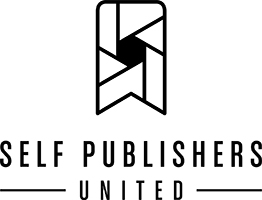The book became a celebration of openness and vulnerability among friends…
Me, Dennis Reitsma and Jean-Michel Mabruki Mussa simultaneously went to see a phychologist. Although we all did for our own reasons, we discussed the process a lot together. In the meantime, I took photos as a coping mechanism, to digest my emotions. Dennis and Jean-Michel did the same, but through poetry. As time went by, we decided to make our work into a collaboration, a project that describes our feelings, but also describes what role our friendship played throughout the process, in coping with themes such as trauma, anxiety or feelings of depression. The book became a celebration of openness and vulnerability among friends, especially young men, who seem to have trouble with this.
Can you find 3 words that describe what your book is about?
Mental Health, Openness & Vulnerability

As this is our first interview, can you introduce your work in general?
As I grew up surrounded by my father’s paintings, playing around in his workspace, I subconsciously linked art practice to painting. It took me until 2018 to realise other mediums could suffice to give utterance to my feelings, as I bought my first analog camera. My work since then has been mostly expressive, trying to capture or translate feelings of which imagination through words is inadequate, sometimes in a painterly manner. The medium of photography has become my main means to digest life, often picturing personal themes in the realm of trauma or mental health.

Can you say something about the editing of your book? Did you work alone? Did you work with an image editor and designer?
For my Master’s, Film and Photographic Studies at Leiden University, I did a course on Editing and Curating exhibitions and photobooks, during the period of making the book. After going through a long phase of selecting images and poems, we started editing the sequence together, in which the course I was doing at the time helped a lot. After sequencing and editing the book we had a few meetings with designers, but soon came to realise that we had too much of our own ideas on what the book should look like. So, then I made a design draft of the whole book. However, it wouldn’t have been as good as it is now without the help of designer Anne Bakker, who took a final look and made some final changes. I am very thankful for that.

Knowing that every detail is important, could you mention some technical detail that was of special importance for the realization of the final product? Like cover design, paper selection, printing technique…








